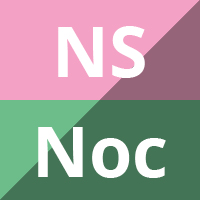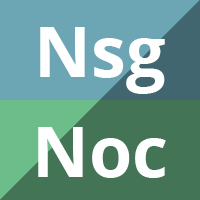
Interval brain imaging for adults with cerebral glioma
Abstract Background Clinical practice guidelines suggest that magnetic resonance imaging (MRI) of the brain should be performed at certain time points or intervals distant from diagnosis (interval or surveillance imaging) of cerebral glioma, to monitor or follow up the disease; it is not known, however, whether these imaging strategies lead to better outcomes among patients […]

Long-term neurocognitive and other side effects of radiotherapy, with or without chemotherapy, for glioma
Abstract Background Gliomas are brain tumours arising from glial cells with an annual incidence of 4 to 11 people per 100,000. In this review we focus on gliomas with low aggressive potential in the short term, i.e. low‐grade gliomas. Most people with low‐grade gliomas are treated with surgery and may receive radiotherapy thereafter. However, there […]

Interventions to help support caregivers of people with a brain or spinal cord tumour
Collapse all Expand all Abstract Background The diagnosis and treatment of a brain or spinal cord tumour can have a huge impact on the lives of patients and their families with family caregiving often resulting in considerable burden and distress. Meeting the support needs of family caregivers is critical to maintain their emotional and physical health. […]

Interventions to help support caregivers of people with a brain or spinal cord tumour
Abstract Background The diagnosis and treatment of a brain or spinal cord tumour can have a huge impact on the lives of patients and their families with family caregiving often resulting in considerable burden and distress. Meeting the support needs of family caregivers is critical to maintain their emotional and physical health. Although support for […]

Psychosocial interventions for informal caregivers of people living with cancer
Abstract Background Increasingly, cancer is recognised as a chronic condition with a growing population of informal caregivers providing care for cancer patients. Informal caregiving can negatively affect the health and well‐being of caregivers. We need a synthesised account of best evidence to aid decision‐making about effective ways to support caregivers for individuals ‘living with cancer’. […]

Biopsy versus resection for high-grade glioma
Abstract Background This is an update of the original review published in the Cochrane Database of Systematic Reviews Issue 1, 2000 and updated in 2003, 2007 and 2010. People with a presumed high‐grade glioma (HGG) identified by clinical evaluation and radiological investigation have two initial surgical options: biopsy or resection. In certain situations, such as severe raised […]

Systematic screening and assessment of psychosocial well‐being and care needs of people with cancer
Abstract Background Receiving a diagnosis of cancer and the subsequent related treatments can have a significant impact on an individual’s physical and psychosocial well‐being. To ensure that cancer care addresses all aspects of well‐being, systematic screening for distress and supportive care needs is recommended. Appropriate screening could help support the integration of psychosocial approaches in […]

Antiangiogenic therapy for high-grade glioma
Abstract Background This is an updated version of the original Cochrane Review published in September 2014. The most common primary brain tumours in adults are gliomas. Gliomas span a spectrum from low to high grade and are graded pathologically on a scale of one to four according to the World Health Organization (WHO) classification. High‐grade […]

Moxibustion for alleviating side effects of chemotherapy or radiotherapy in people with cancer
Abstract Background Moxibustion, a common treatment in traditional Chinese medicine, involves burning herbal preparations containing Artemisia vulgarison or above the skin at acupuncture points. Its intended effect is to enhance body function, and it could reduce the side effects ofchemotherapy or radiotherapy and improve quality of life (QoL) inpeople with cancer. Objectives To assess the […]

Olanzapine for the prevention and treatment of cancer-related nausea and vomiting in adults
Abstract Background Olanzapine as an antiemetic represents a new use of an antipsychotic drug. People with cancer may experience nausea andvomiting whilst receiving chemotherapy or radiotherapy, or whilst inthe palliative phase of illness. Objectives To assess the efficacy and safety of olanzapine when used as an antiemetic in the prevention and treatment of nausea and […]

